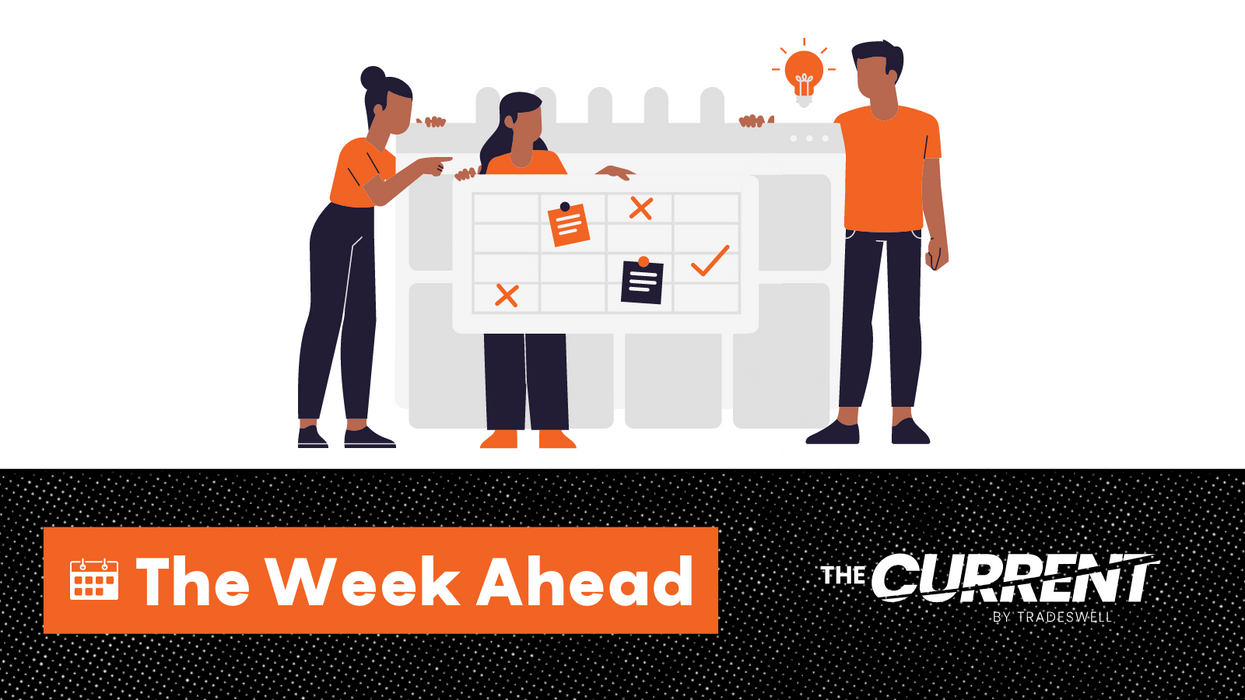Economy
18 December 2022
The Week Ahead: PCE inflation, consumer outlook, Nike earnings
Check out what's ahead in the consumer economy for Dec. 19-22.

Check out what's ahead in the consumer economy for Dec. 19-22.

Welcome to a new week. It’s the final week before the holidays, and commerce is ready to finish 2022 strong. That means it’s time for last-minute holiday deals, and a push to get that pressing work tied up before the New Year. Economic indicators and earnings reports will provide a look at where things stand in the consumer economy right up until the end.
Brands and retailers are in the home stretch of peak season, and this year consumers are expected to show plenty of late demand as they hold out for deals. So the industry focus is all on holiday shopping this week.
Amazon’s Very Merry Dealsoffers a host of last-minute shopping discounts through Wednesday, Dec. 21.
Target has a host of deals and fulfillment options for the final shopping push. Same-day delivery and pickup will be available on Christmas Eve to customers who place orders before 6 p.m.
The year closes out with a flurry of economic reports that will offer the final snapshot of how conditions stand heading into 2023.
Housing Starts: The US Commerce Department offers monthly data on new home construction. This is one important predictor of demand for home and garden retailers. (Tues., Dec. 20, 8:30 a.m.)
Consumer Confidence: The Conference Board shares the results of its monthly survey on consumer outlooks and expectations on buying conditions and the economy, including inflation. This index has fallen for the last two months. (Wed., Dec. 21, 10 a.m.)
Existing Home Sales: Another metric that is watched by home goods retailers, the National Association of Realtors shares data on sales of existing homes. With interest rate increases slamming the brakes on the housing market in recent months, this will be a closely watched indicator for the whole economy. (Wed., Dec. 21, 10 a.m.)
Personal Income Expenditures: The US Bureau of Economic Analysis shares monthly data on consumer spending, incomes and prices. This is the preferred inflation measure of the Federal Reserve, so economists will be looking for more signs of cooling after last week’s Consumer Price Index slowed to 7.1%. ( Friday, Dec, 23, 8:30 a.m.)
Durable goods orders: The US Commerce Department issues its monthly report on orders from manufacturers for goods that are designed to last three years or more. (Fri., Dec. 23, 8:30 a.m.)
Consumer Sentiment: The University of Michigan Survey of Consumers issues its final report for the month on consumer views of the economy and expectations for inflation. The reading improved slightly from November to begin the month, but has remained near historic lows in the face of 40-year-high inflation. (Fri., Dec. 23, 10 a.m.)
New Home Sales: The US Commerce Department issues monthly data on sales of new homes. (Dec. 23, 8:30 a.m.)
Corporate earnings season finishes the year strong with brands and retailers that will offer a snapshot of holiday shopping results so far:
Mon., Dec. 19: Steelcase
Tuesday, Dec. 20: Nike, FedEx, General Mills
Wednesday Dec. 21: Rite Aid
Thursday, Dec. 22: Carmax
Check out the calendar of events, economic indicators and earnings for May 22-26.
Welcome to a new week. CPGs are in Chicago to start the week as they show off the latest and greatest treats at Sweets & Snacks. In earnings, retailers such as Best Buy, Dick’s, American Eagle and Costco are continuing to report initial 2023 results. Then, we’ll head into Memorial Day with fresh data on the consumer, courtesy of the PCE Index.
Here’s a look at the calendar:
Sweets & Snacks: Confectionery and snacks brands gather in Chicago for an exhibition that offers a glimpse of new products, innovation and industry connections. May 22-25, Chicago
Internet Retailing Expo: Ecommerce leaders gather for learning in Birmingham, England, for a conference, workshops and roundtable discussions. (May 23-24, Birmingham)
Personal Consumption Expenditures: The U.S. Bureau of Economic Analysis releases data on consumer spending, income and pricing for April 2023. This is the inflation measure preferred by economists, including members of the Federal Reserve’s key committee. (May 26, 8:30 a.m.)
Durable Goods Orders: The U.S. Commerce Department releases data for April 2023 on factory orders for goods that are designed to last more than three years. This is considered a forward-looking indicator of demand. (May 26, 8:30 a.m.)
Consumer Sentiment: The University of Michigan releases its final reading of consumer buying conditions and inflation expectations for May 2023. (May 26, 10 a.m.)
Tuesday, May 23: Dick’s Sporting Goods, VF Corp., Lowe’s, BJ’s Wholesale Club, Urban Outfitters, Williams Sonoma
Wednesday, May 24: American Eagle Outfitters, Petco, Abercrombie & Fitch, elf Beauty, Kohls, Express, Guess
Thursday, May 25: Best Buy, Ulta Beauty, Costco, Ralph Lauren, Gap Inc., RH.
Friday, May 26: Pinduoduo.